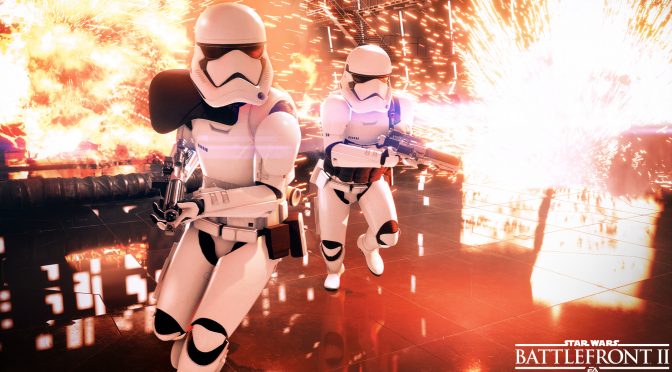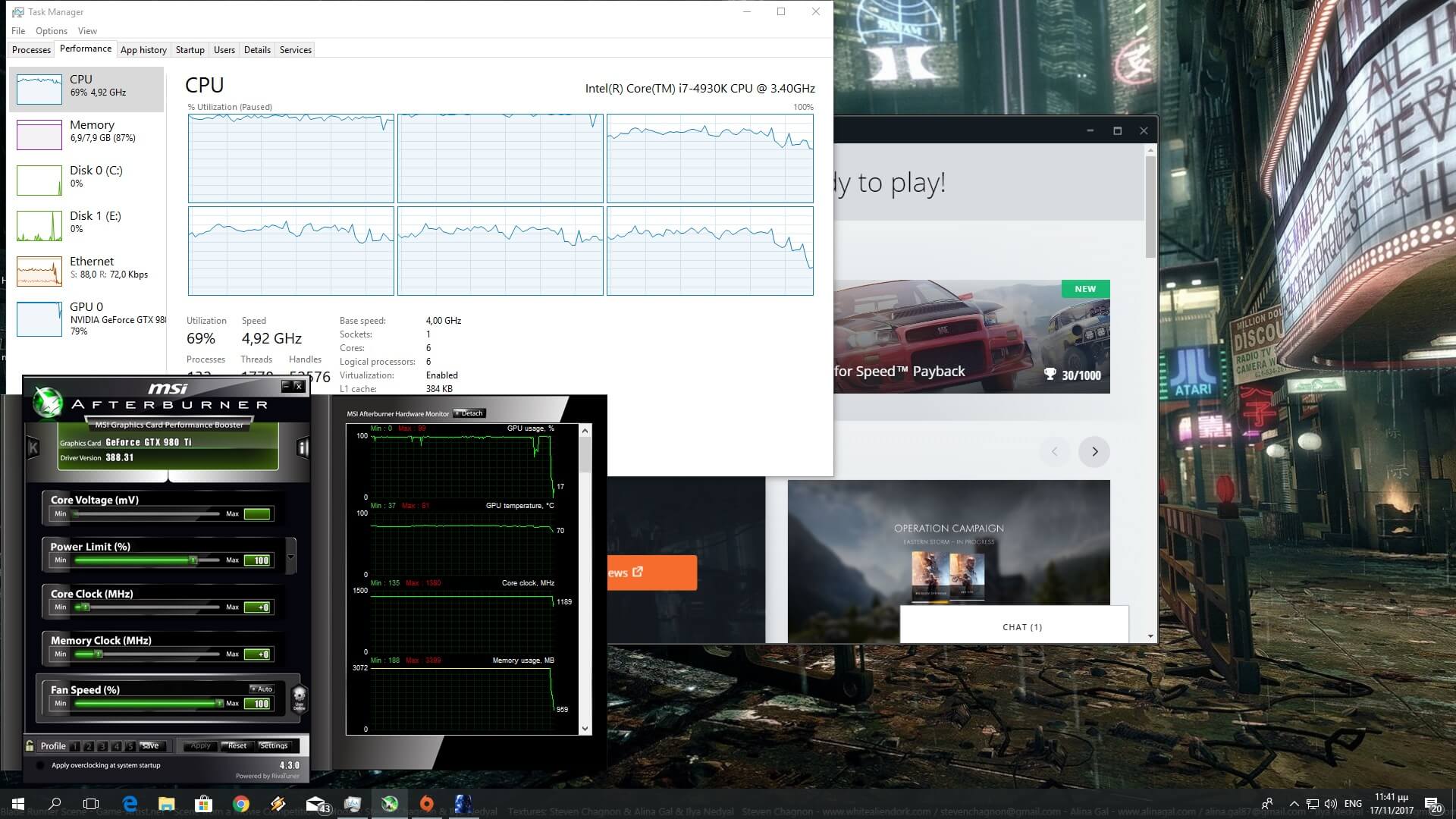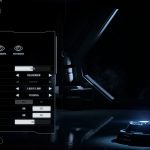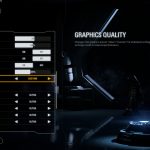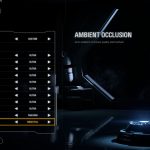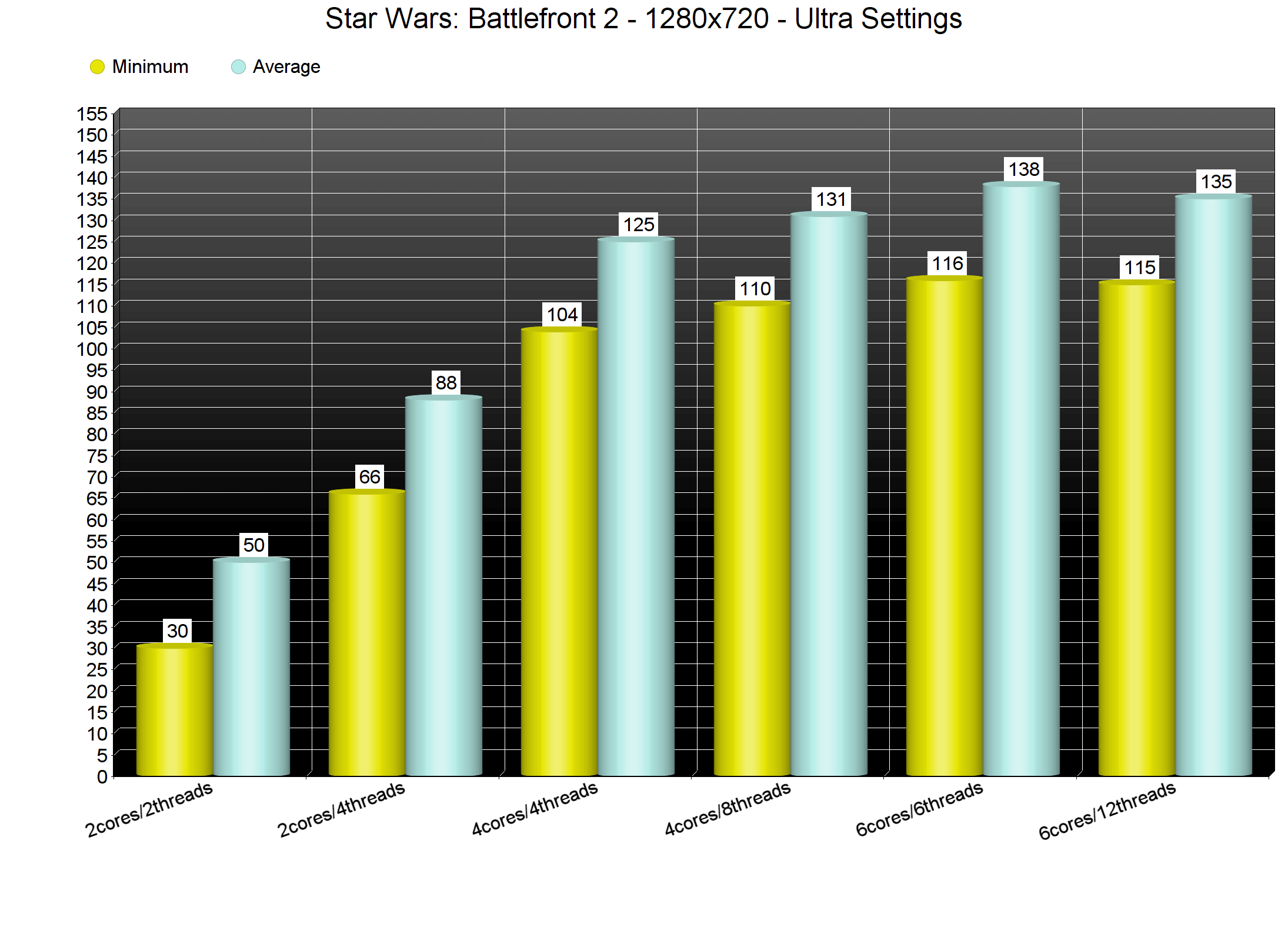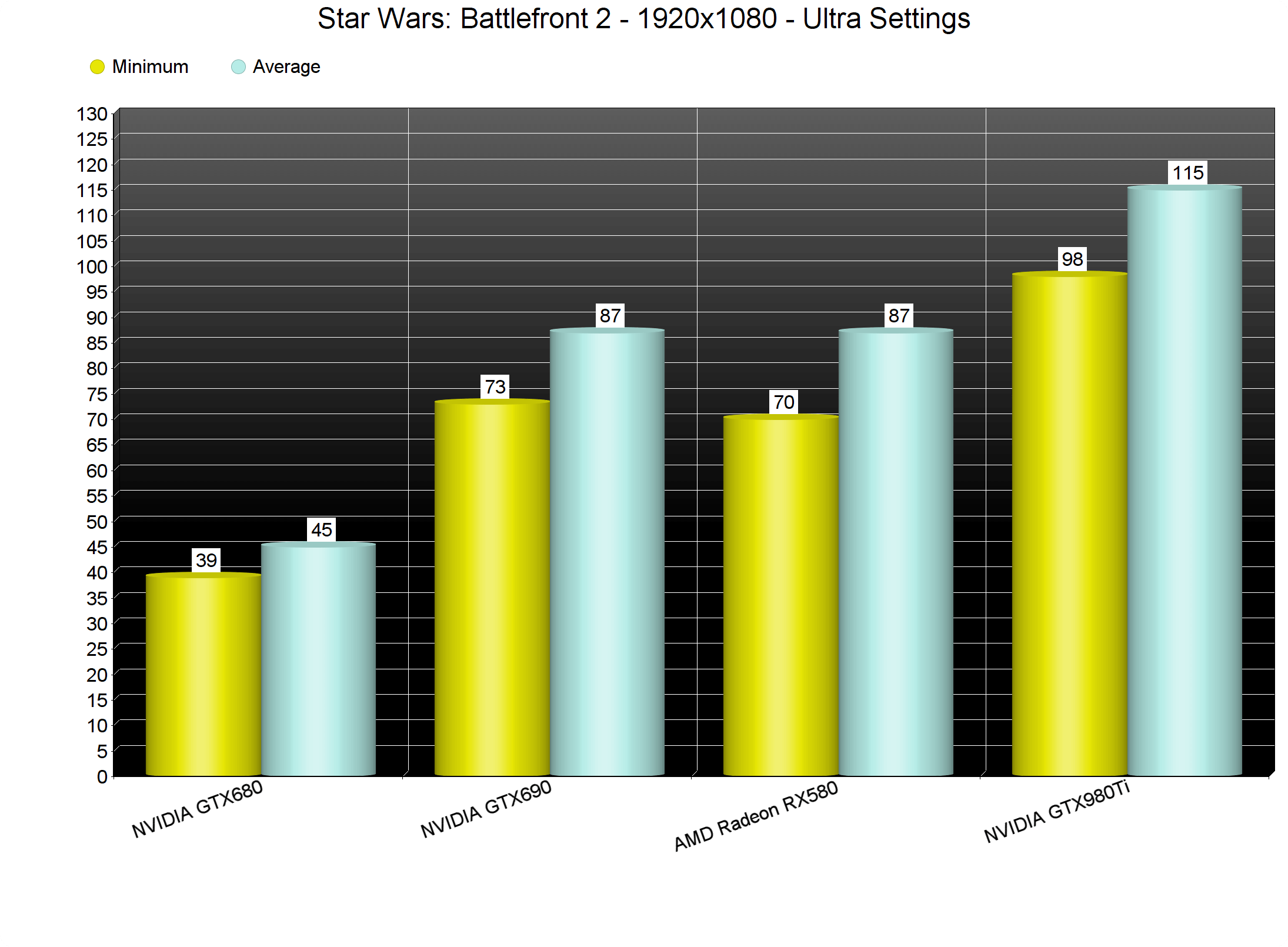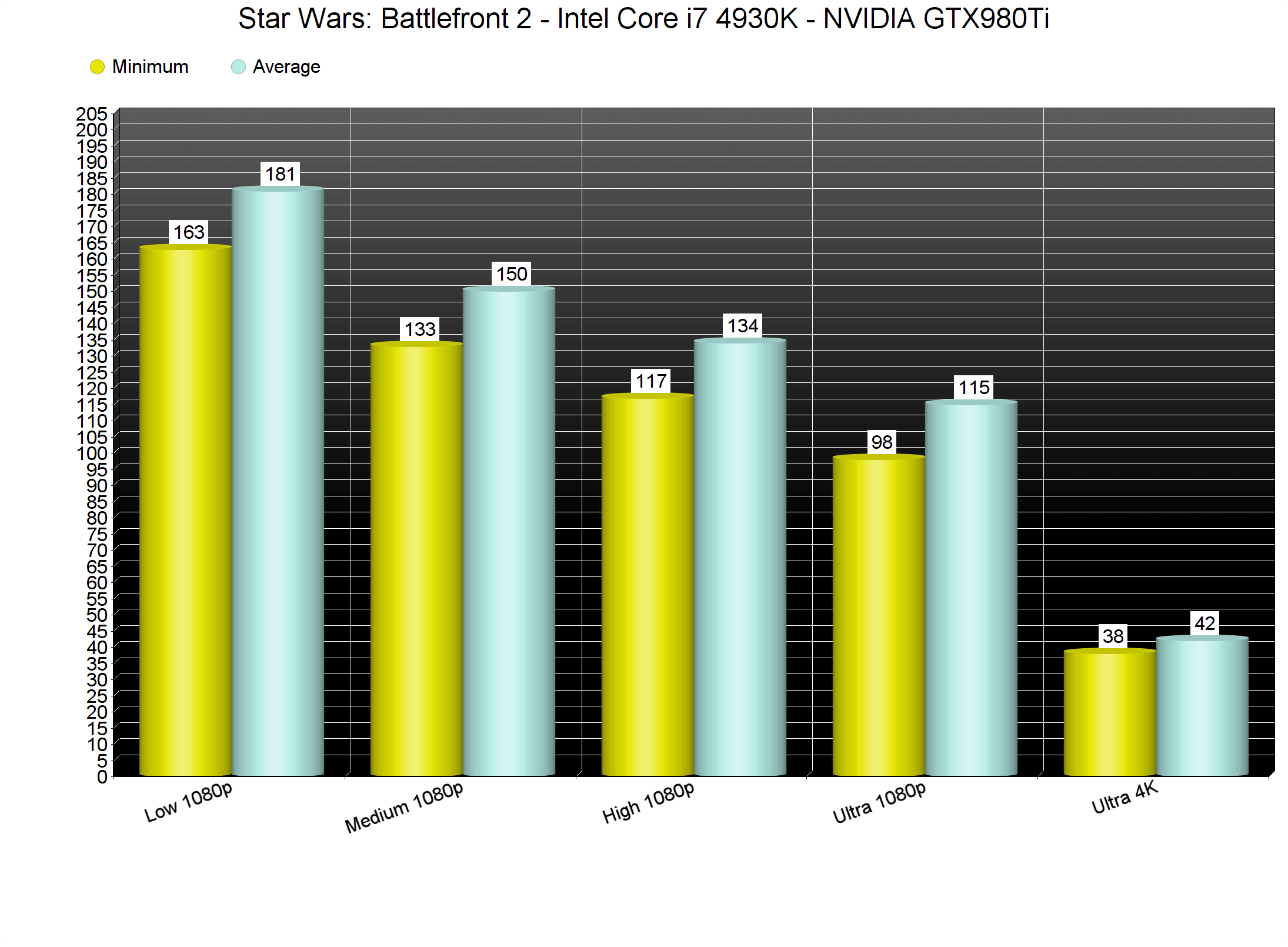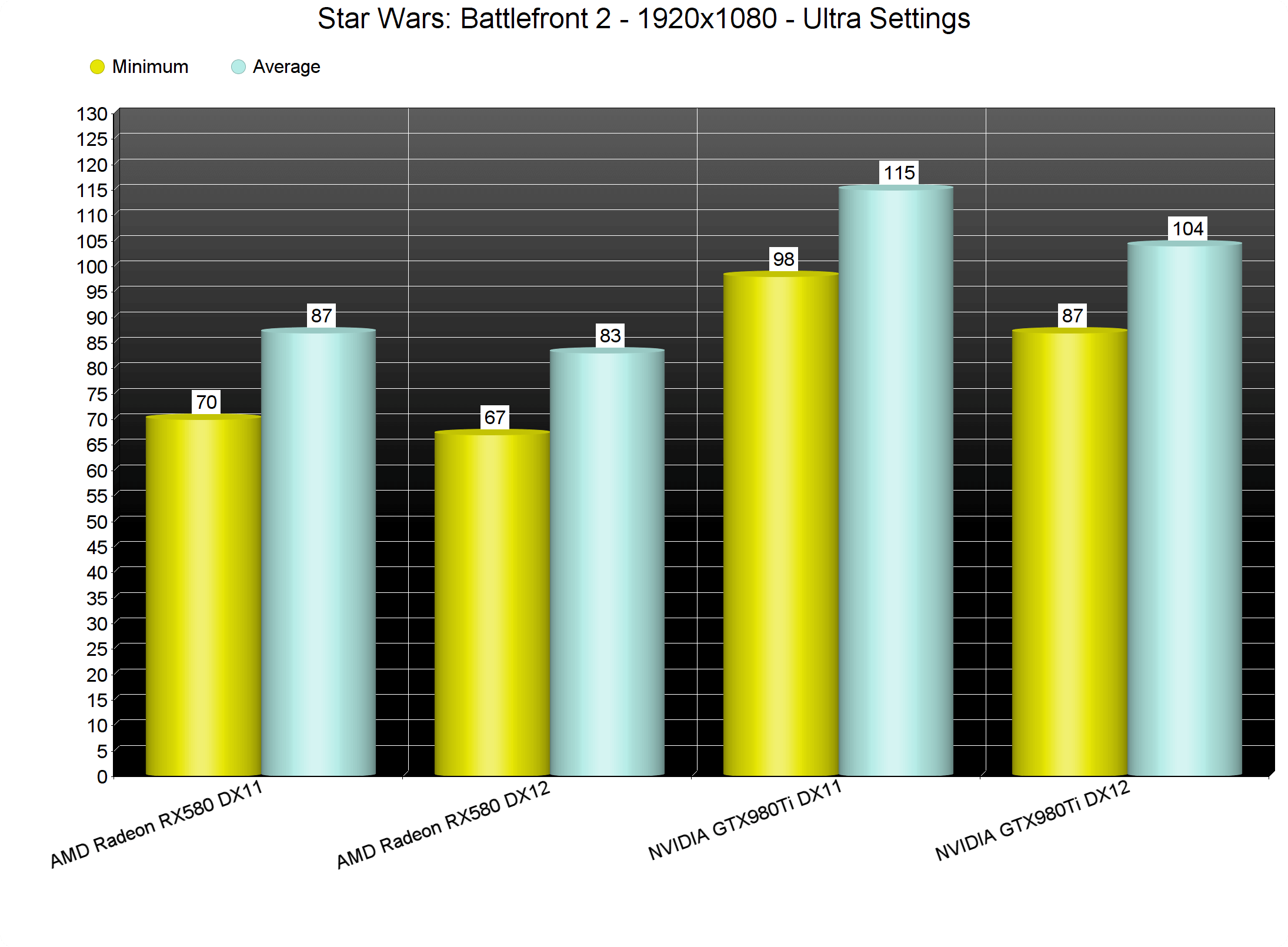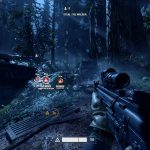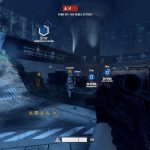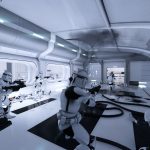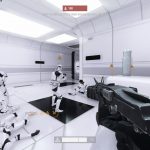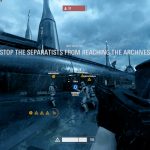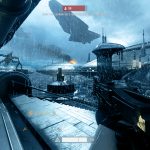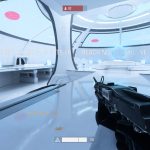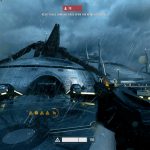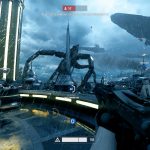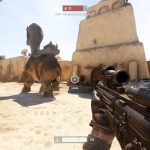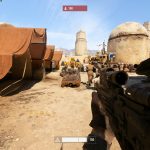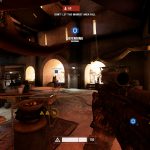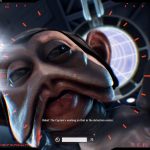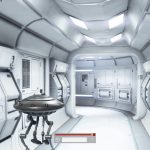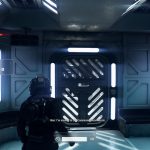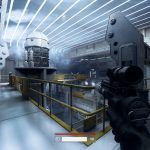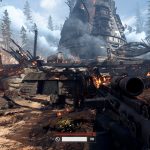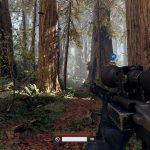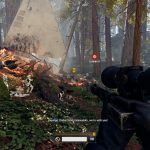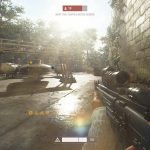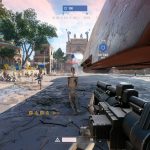Back in October, we were utterly impressed by the open beta build of Star Wars: Battlefront 2. The game looked and performed incredibly well on the PC. As such, we were expecting great things from its final build. And the good news is that Battlefront 2 is a really impressive tech showcase. EA has provided us with a review code, so it’s time now to benchmark this new title and see how it performs on the PC platform.
For this PC Performance Analysis, we used an Intel i7 4930K (overclocked at 4.2Ghz) with 8GB RAM, AMD’s Radeon RX580, NVIDIA’s GTX980Ti and GTX690, Windows 10 64-bit and the latest version of the GeForce and Catalyst drivers. Thankfully, NVIDIA has included an official SLI profile for it. As such, players will not have to mess around with third-party tools. Not only that, but SLI scaling is great with this official profile.
DICE has added a respectable amount of graphics settings to tweak. PC gamers can adjust the quality of Textures, Texture Filtering, Lighting, Shadows, Effects, Post-Process, Mesh, Terrain, Anti-Aliasing and Ambient Occlusion. Players can also enable/disable DX12, Filmic Effects, Film Grain and Lens Distortion. There are also sliders for Resolution Scale, Field of View and Motion Blur.
[nextpage title=”GPU, CPU metrics, Graphics & Screenshots”]
Star Wars: Battlefront 2 uses the Frostbite 3 Engine and as we all know, this engine has incredible CPU multi-threading capabilities. Moreover, and even though the game scales on more than four CPU threads, it appears that a modern dual-core CPU with Hyper Threading is able to offer a constant 60fps experience. In order to find out how the game performs on a variety of CPUs, we simulated a dual-core and a quad-core CPU. For our tests, we used the game’s Galactic Assault MP mode, featuring 40 players. This is the most demanding scenario in Star Wars: Battlefront 2. As such, and if you are only interested in the SP mode, know that the game will run faster than the reported framerates.
With Hyper Threading enabled, our simulated dual-core system was able to run our tests with a minimum of 66fps and an average of 88fps at 720p on Ultra settings in DX11. Since Battlefront 2 is one of the few games that takes advantage of more than four CPU threads, we noticed a performance difference between our simulated quad-core and our six-core systems.
Regarding its GPU requirements, Battlefront 2 is more demanding than its predecessor. Our GTX680 was unable to offer a 60fps experience, something that was almost possible in the first Battlefront game. On the other hand, our GTX690, RX580 and GTX980Ti had no trouble running the game at 1080p with all its bells and whistles enabled.
Star Wars Battlefront 2 comes with four presets: Low, Medium, High and Ultra. And we are happy to report that performance is significantly improved when you start lowering these settings. On Low settings, the game ran with a minimum of 163fps and an average of 180fps. Now the game looks awful on Low settings, however those with really weak PC systems will be able to actually play the game. So yeah, while on Low settings the game is not a looker, it scales incredibly on older PC hardware.
Star Wars Battlefront 2 also supports both DX11 and DX12. However, it appears that the DX12 API is slower on both NVIDIA’s and AMD’s hardware. On the GTX980Ti, DX12 was slower by around 9fps. Similarly, DX12 was slower by 4fps on the AMD Radeon RX580. As such, we strongly suggest using the DX11 API for this particular game.
Graphics wise, Star Wars Battlefront 2 is one of the most beautiful games to date. DICE has used photogrammetry and all of the game’s environment looks incredible. Not only that, but the lighting system has been significantly improved/enhanced. Furthermore, there are a lot of explosions, bouncing sparks and cool anamorphic lens-flares. Hell, even the rain interacts and makes water pools on your weapons. The game also features some of the best characters we’ve ever seen. To put it simple; while the game runs smooth, it sports some of the best visuals we’ve seen in 2017. The only downside is the game’s ridiculously low LOD system. Even on Ultra settings, players will notice various pop-ins of objects and shadows. You can easily notice these pop-ins on Endor, and unfortunately there is no way to fix it.
In conclusion, Star Wars Battlefront 2 is one of the most optimized PC games of 2017. While the game scales well on more than four CPU cores/threads, it can run fine on modern-day dual-cores (provided they support Hyper Threading). Thanks to its advanced and more detailed lighting system, environments and characters, the game is more demanding than its predecessor. However, and thanks to its graphics settings, the game can scale on older PC hardware. The game does not suffer from mouse acceleration or smoothing issues, and we didn’t experience any issues with its netcode. Star Wars Battlefront 2 is an incredibly polished PC game, and while it uses the Denuvo anti-tamper tech, it does not suffer from any performance issues.

John is the founder and Editor in Chief at DSOGaming. He is a PC gaming fan and highly supports the modding and indie communities. Before creating DSOGaming, John worked on numerous gaming websites. While he is a die-hard PC gamer, his gaming roots can be found on consoles. John loved – and still does – the 16-bit consoles, and considers SNES to be one of the best consoles. Still, the PC platform won him over consoles. That was mainly due to 3DFX and its iconic dedicated 3D accelerator graphics card, Voodoo 2. John has also written a higher degree thesis on the “The Evolution of PC graphics cards.”
Contact: Email

